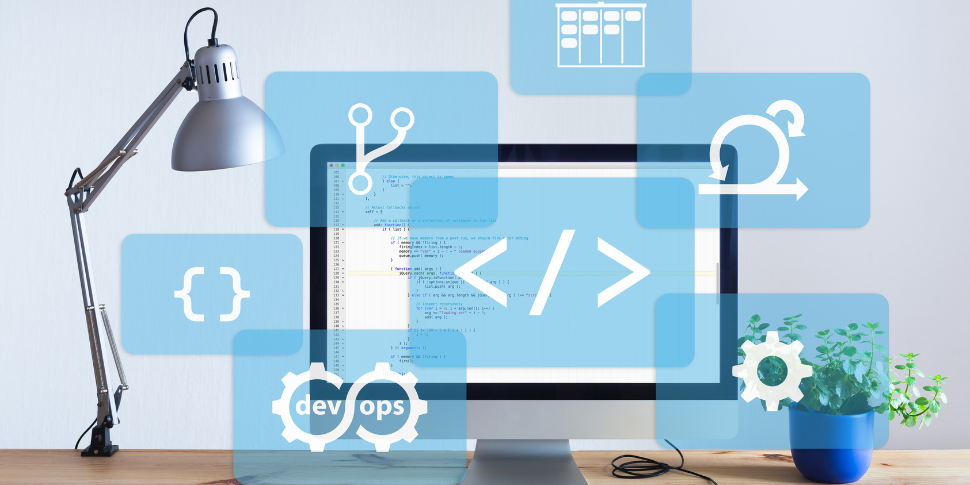In the fast-paced world of IT, migrating to the cloud has become a strategic imperative for businesses seeking scalability, flexibility, and enhanced performance. However, achieving a seamless transition without disrupting operations—commonly known as zero downtime migration—requires careful planning and adherence to best practices. Let’s explore how to navigate this crucial process with finesse.
Navigating Cloud Migration: A Strategic Imperative
Embarking on a cloud migration journey is more than a technical shift; it’s a strategic decision to optimize resources, boost efficiency, and stay ahead in the competitive digital landscape. To ensure a smooth transition, businesses must adopt best practices that minimize disruptions and downtime.
Assessing Readiness and Planning Ahead
The foundation of a successful migration lies in a thorough assessment of the existing infrastructure and a meticulous planning phase. Understanding the current state, dependencies, and potential challenges sets the stage for a seamless transition. Planning ahead not only mitigates risks but also ensures a well-orchestrated migration strategy.
Zero Downtime: An Essential Goal
Zero downtime is the gold standard for cloud migration. It ensures continuous business operations without interruptions. Achieving this goal demands a meticulous approach, involving load balancing, redundancy, and failover mechanisms. These elements, when integrated into the migration plan, contribute to a seamless and uninterrupted user experience.
Leveraging Automation for Efficiency
Automation is the linchpin of a successful zero downtime migration. From infrastructure provisioning to application deployment, automation streamlines processes, reduces manual intervention, and minimizes the risk of human error. Embracing automation aligns with the core principles of DevOps, promoting efficiency and reliability throughout the migration journey.
Implementing Blue-Green Deployment Strategy
One effective strategy for zero downtime migration is the adoption of a blue-green deployment approach. This involves maintaining two identical environments—one (blue) in production and the other (green) for the migration. The transition occurs by shifting traffic from the blue to the green environment seamlessly, minimizing user impact.
Ensuring Data Integrity and Security
Data is the lifeblood of any organization, making its integrity and security paramount during migration. Employing robust data migration strategies, including thorough testing and validation processes, safeguards against data loss and corruption. Additionally, incorporating encryption and access controls enhances the overall security posture during the migration process.
Monitoring and Continuous Feedback
Continuous monitoring is the compass guiding a zero downtime migration. Implementing monitoring tools and feedback loops ensures real-time visibility into the migration process. Any deviations from the planned trajectory can be promptly identified and addressed, maintaining the integrity of the migration timeline.
Conclusion:
Mastering the Art of Zero Downtime Cloud Migration
In conclusion, zero downtime migration is not merely a technical feat; it’s a strategic approach to ensuring business continuity during a critical transition. By embracing best practices rooted in DevOps principles, leveraging automation, and prioritizing data integrity, businesses can navigate the complexities of cloud migration with confidence. As you embark on this journey, remember, it’s not just about reaching the destination; it’s about arriving there seamlessly and ready for the opportunities that the cloud-powered future holds.



